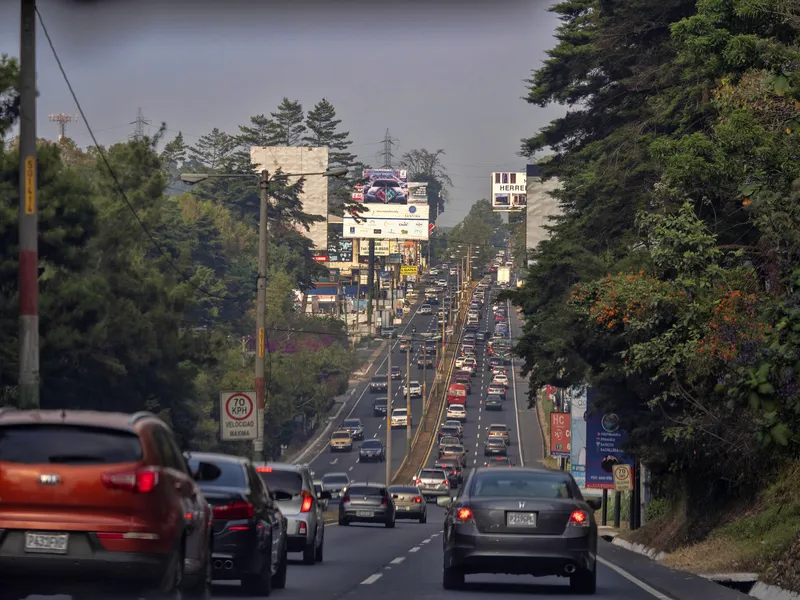The €20 million contract on the final section of the Bogotá-Villavicencio Corridor includes the Buenavista tunnel - which at 4,559m long is one of the longest in Latin America.
The company claims Horus allows users to manage several ITS and safety systems and offers real-time information on everything happening in a tunnel.
The solution’s automatic detection system is expected to integrate information from cameras and sensors to send alerts to the control centre in the event of an incident or emergency. Air quality measurement systems and carbon monoxide sensors detect high levels of toxic gases in real-time and activate fans to expel pollution outside, the company adds.
According to Indra, the solution’s radio system enables geofencing of the location of ambulances, firefighters, police and operation and maintenance vehicles inside and outside the tunnels.
The project will complete the Bogotá-Villavicencio two-lane road highway, in which Horus is already being used to manage 22 tunnels. The addition of seven more tunnels will connect the two cities in a bid to reduce travel time by 45 minutes.
As part of the deal, Indra will renovate the control centre in the municipality of Buenavista to help the nearby centres in Boquerón and Naranja monitor and control traffic.
The project includes the installation of communication systems such as Mova Comms, Mova Protect, ITS, CCTV, traffic counters, road signs, emergency call boxes, fire detection, lighting control and PA systems.
Indra was awarded the contract in a consortium with infrastructure and engineering firm Comsa Industrial through the Andean Road Consortium - which is responsible for the construction of a road between the towns of Chirajara and Fundadores, known as the Los Llanos highway.
Indra to manage traffic at seven tunnels in Colombia
Indra is to deploy its Horus traffic management platform to control seven tunnels and open-air roads in Colombia.
November 13, 2019
Read time: 2 mins










